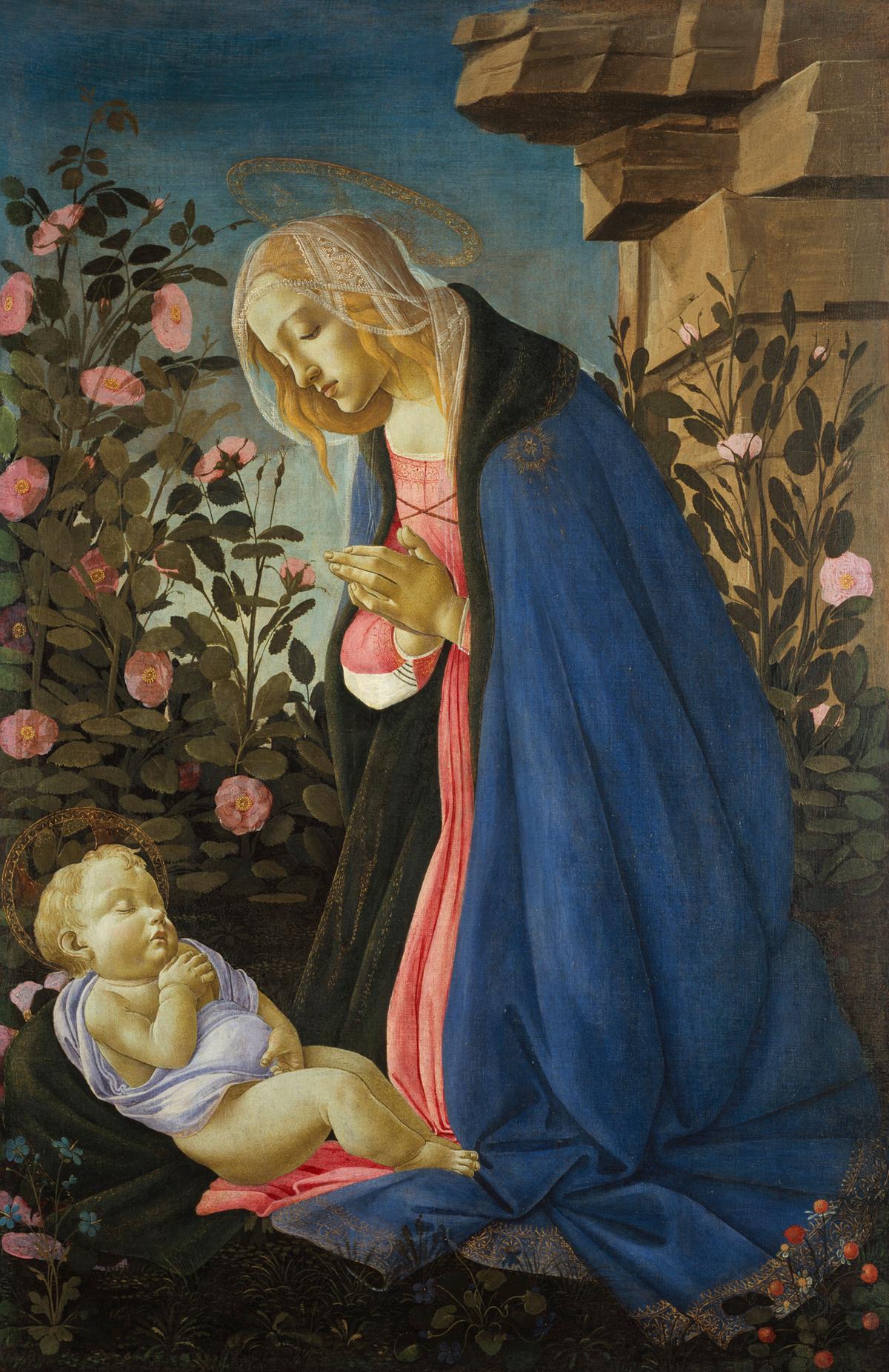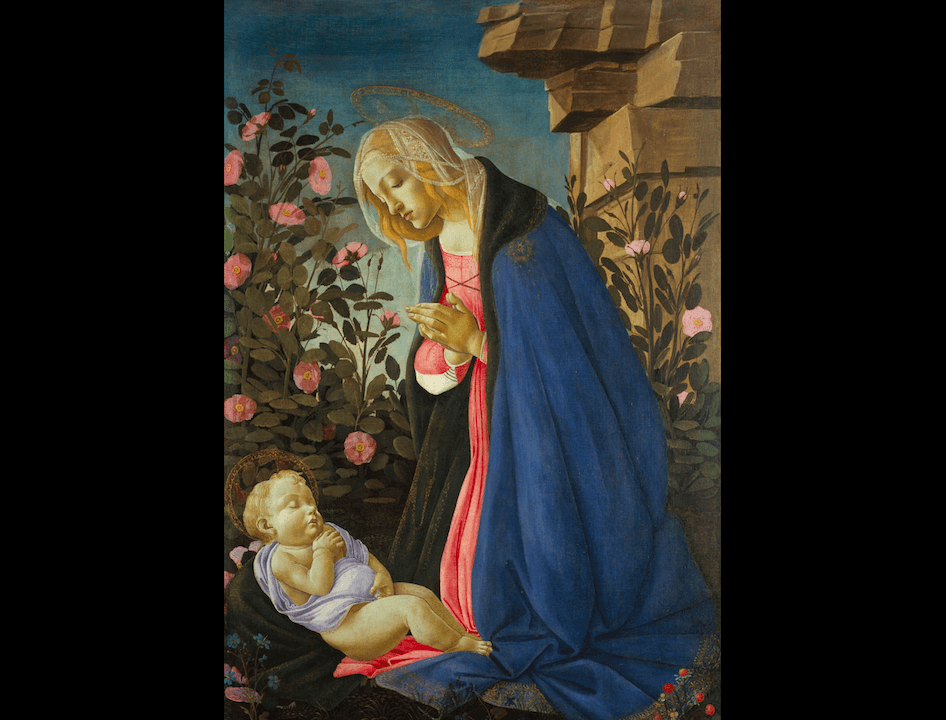NEW YORK—She was the one who got away. In 1922, Helen Clay Frick turned down Lady Agnew of Lochnaw, or rather, her portrait. Lady Agnew, wife of Scottish baronet Sir Andrew Agnew, was looking to sell the painting by John Singer Sargent to pay off some debt.
Unfortunately, Helen’s father, industrialist and founder of the Frick Collection, had just passed away, and the collection’s trustees were not buying new pieces at the time. Having been passed up, the portrait was acquired by the Scottish National Gallery in 1925.
Now Lady Agnew has found her way to the Frick’s galleries, not as a part of the collection, but with the exhibit Masterpieces from the Scottish National Gallery. It’s a small show comprising only 10 works, but manages to represent a microcosm of European painting.
The Scottish National Gallery, located in Edinburgh, is home to paintings, prints, drawings, and sculptures ranging from the 14th to early 20th centuries, not only from the best of Scottish art, but of European art in general. Scottish National Gallery Director Michael Clarke and former Frick Deputy Director Colin B. Bailey selected the exhibition pieces from the gallery’s vast collection.
At the exhibition’s Nov. 3 press preview, Clarke said that they tried to select pieces that the Frick would have bought.
Indeed, the works look right at home at the former Frick residence, one of New York City’s coziest places to cozy up to fine art. Also fitting with the Frick Collection’s flair for juxtaposition, the landscapes, portraits, and genre paintings seem to pair up with one another, inviting us to compare and contrast.
The show will continue to the de Young museum in San Francisco and the Kimbell Art Museum in Fort Worth, Texas.
Masterpieces from the Scottish National Gallery
Nov. 5 to Feb. 1, 2015
The Frick Collection
1 E. 70th St.
Admission: $10–$20
frick.org
Read on for a description of each painting.







